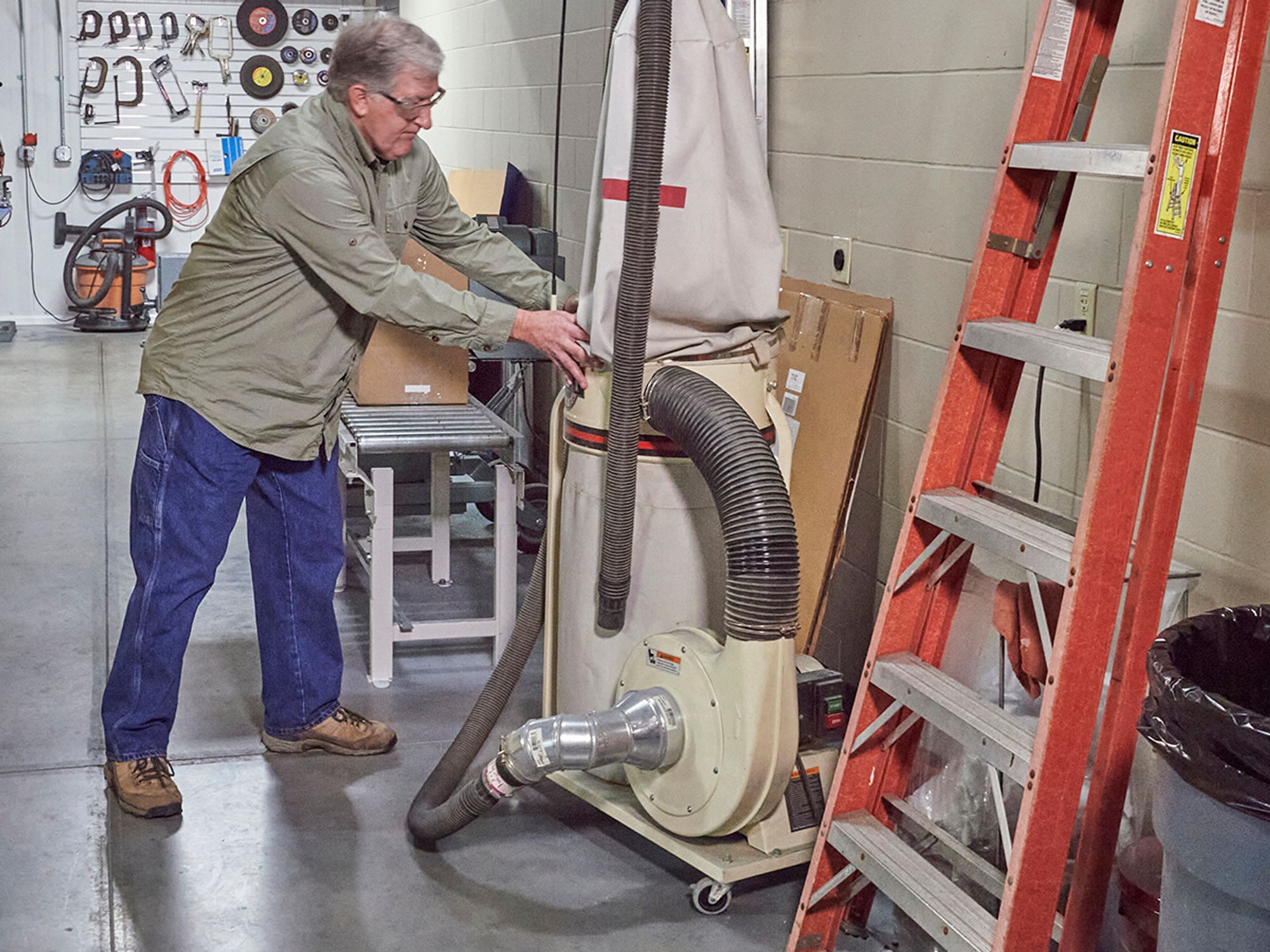Housekeeping requirements

- Work areas must be kept clean, orderly, dry, and free from tripping hazards.
- Good housekeeping practices protect workers and contributes to a good working environment.
Several different regulations lay out the requirements for housekeeping, including 1910.22, 1910.141, and 1910.176. In some cases, the regulations specify how to perform the duties or other associated information.
In addition, particular employers have more stringent or slightly different housekeeping procedures or functions to fulfill.
Employers must:
- Keep all areas clean and orderly and in a sanitary condition.
- Utilize housekeeping practices to reduce or eliminate the risk of combustible dust explosions.
- Keep floors clean and dry.
- Where wet processes are used, maintain drainage and use false floors, platforms, mats, or other dry standing places where practicable.
- Keep floors free from protruding nails, splinters, holes, or loose boards.
- Keep aisles and passageways clear and in good repair, with no obstruction across or in aisles that could create a hazard.
- Ensure storage is secure and does not create a hazard.
- Keep storage areas free from accumulation of materials that constitute hazards from tripping, fire, explosion, or pest harborage.
- Ensure employees keep food and drinks only in designated storage areas away from toilet rooms and toxic materials.
- Exercise vegetation control when necessary.
According to the Occupational Safety and Health Administration (OSHA), all places of employment, passageways, storerooms, and service rooms must be kept clean and orderly and in a sanitary condition. This includes floors, and, in order to facilitate housekeeping operations, the workplace is to be free of hazards such as protruding nails, splinters, holes, or loose boards. In addition, storage areas must be kept free from accumulation of materials that constitute hazards from tripping, fire, explosion, or pest harborage. Finally, storage of material must not create a hazard. For example, bags, containers, and bundles stored in tiers must be stacked, blocked, interlocked and limited in height so that they are stable and secure against sliding or collapse.
A few of the benefits of good housekeeping include:
- The conservation of space, equipment, operating materials, time, and effort makes work easier for everyone;
- The protection of product, materials, and personnel results in smaller inventories, fewer accidents, less damaged merchandise, and fewer injury claims;
- Less likelihood of fires; and
- An improvement in employee morale through a clean and orderly workplace which makes it worthwhile to come to work.
A facility that is well kept will not pose hazards. Workplaces where the aisles and exits are blocked, where debris litters the floor, or where tools and equipment are simply not put away have hazards built into them. A cluttered, unkempt workplace lends itself to slips, trips, and falls.
